ワタナベ様専用
(税込) 送料込み
商品の説明
昨年に同じ物を購入し予備に買ってありましたが、使用しない為出品します。
完全未使用品です。商品の情報
| カテゴリー | スポーツ・レジャー > アウトドア > 登山用品 |
|---|---|
| 商品の状態 | 新品、未使用 |
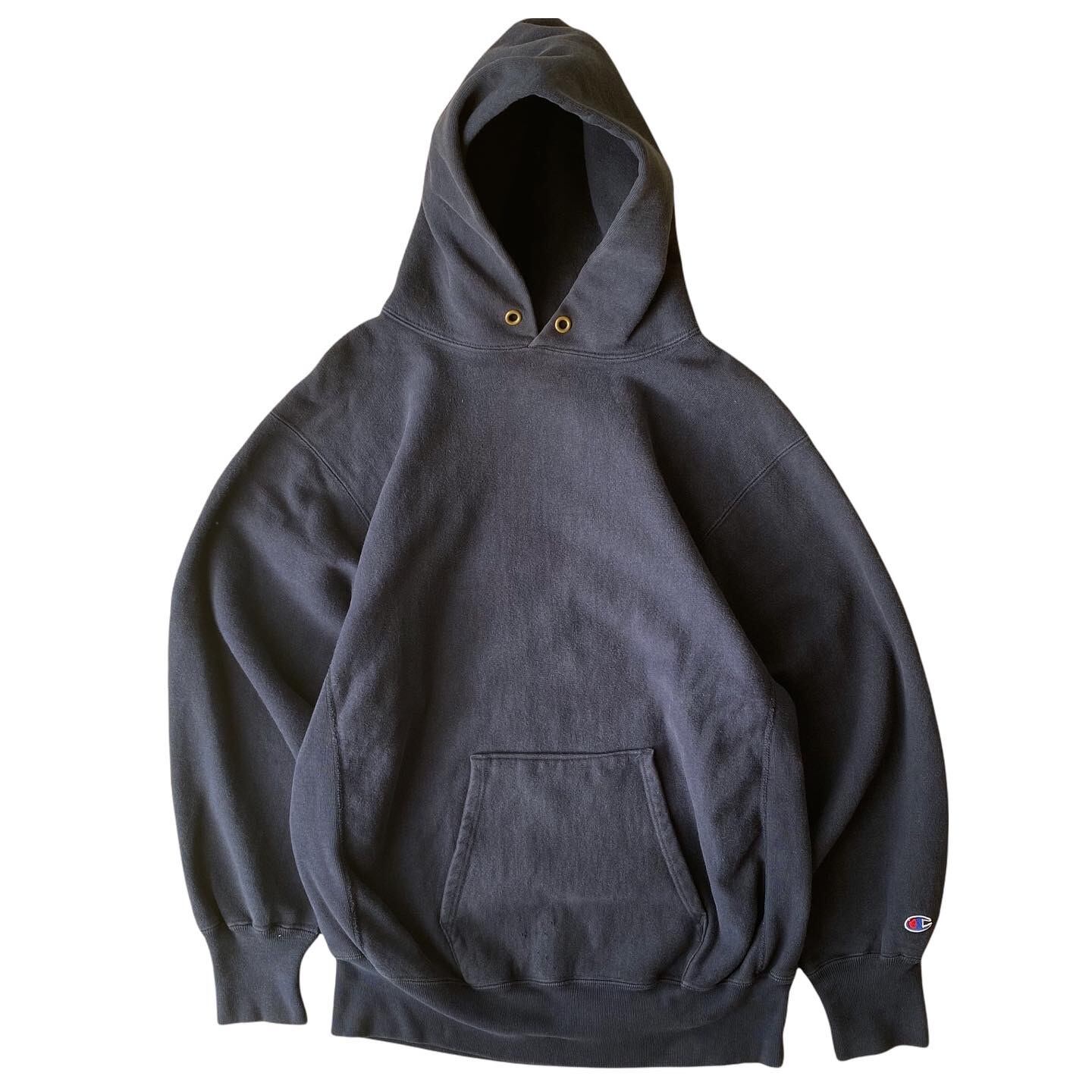
ワタナベ様専用
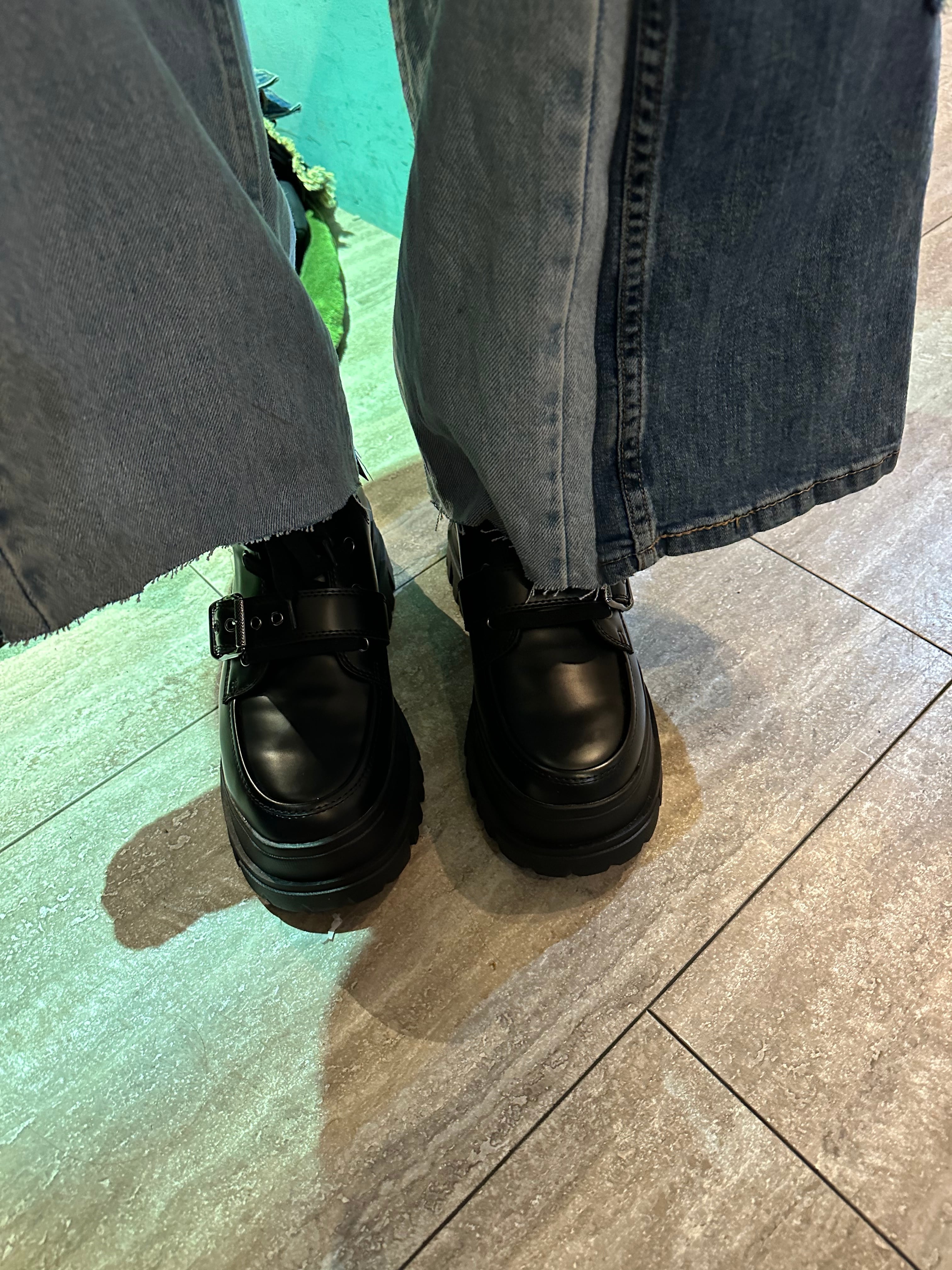
ワタナベ様専用ページ | codonademoda powered by BASE

ワタナベ様専用
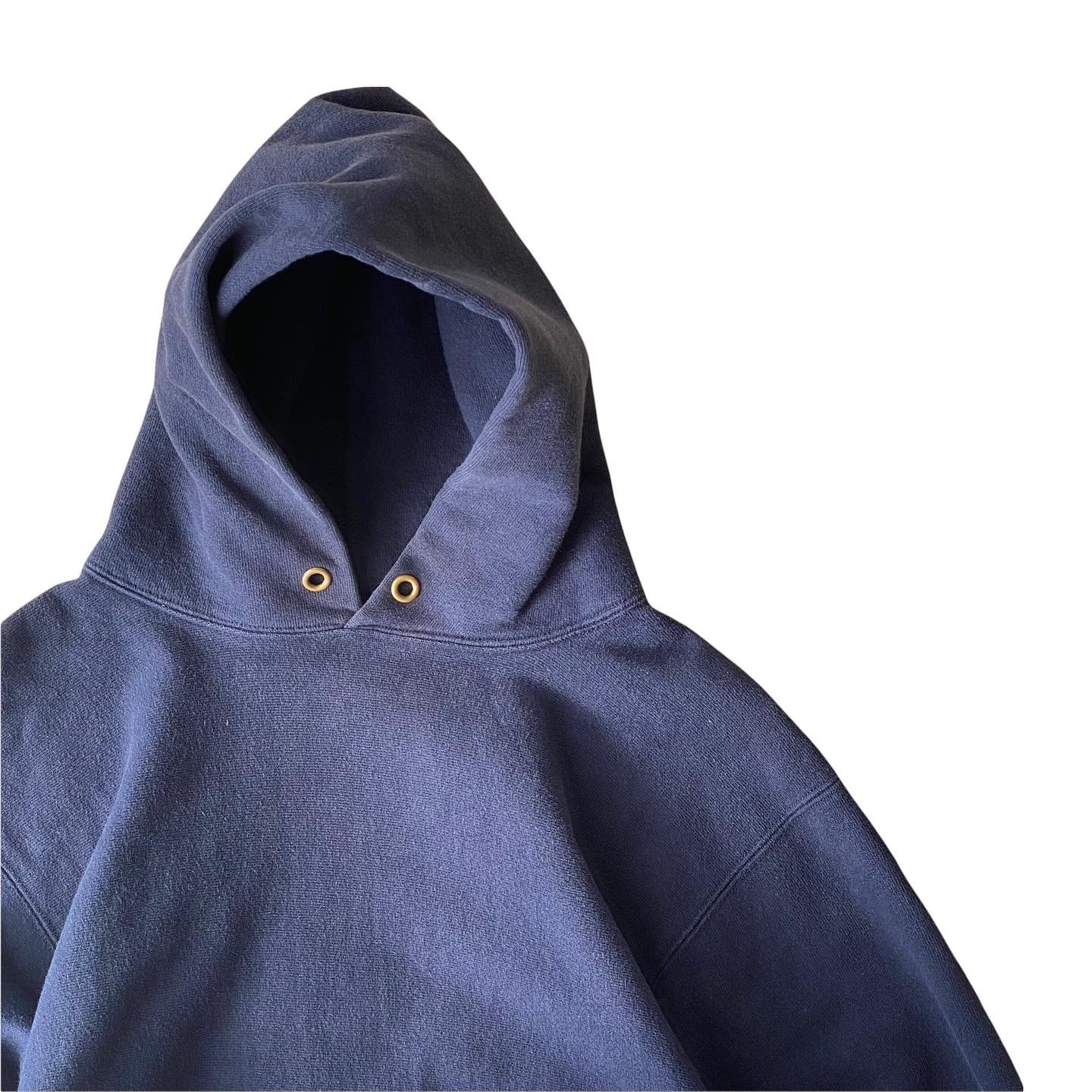
ワタナベ様専用
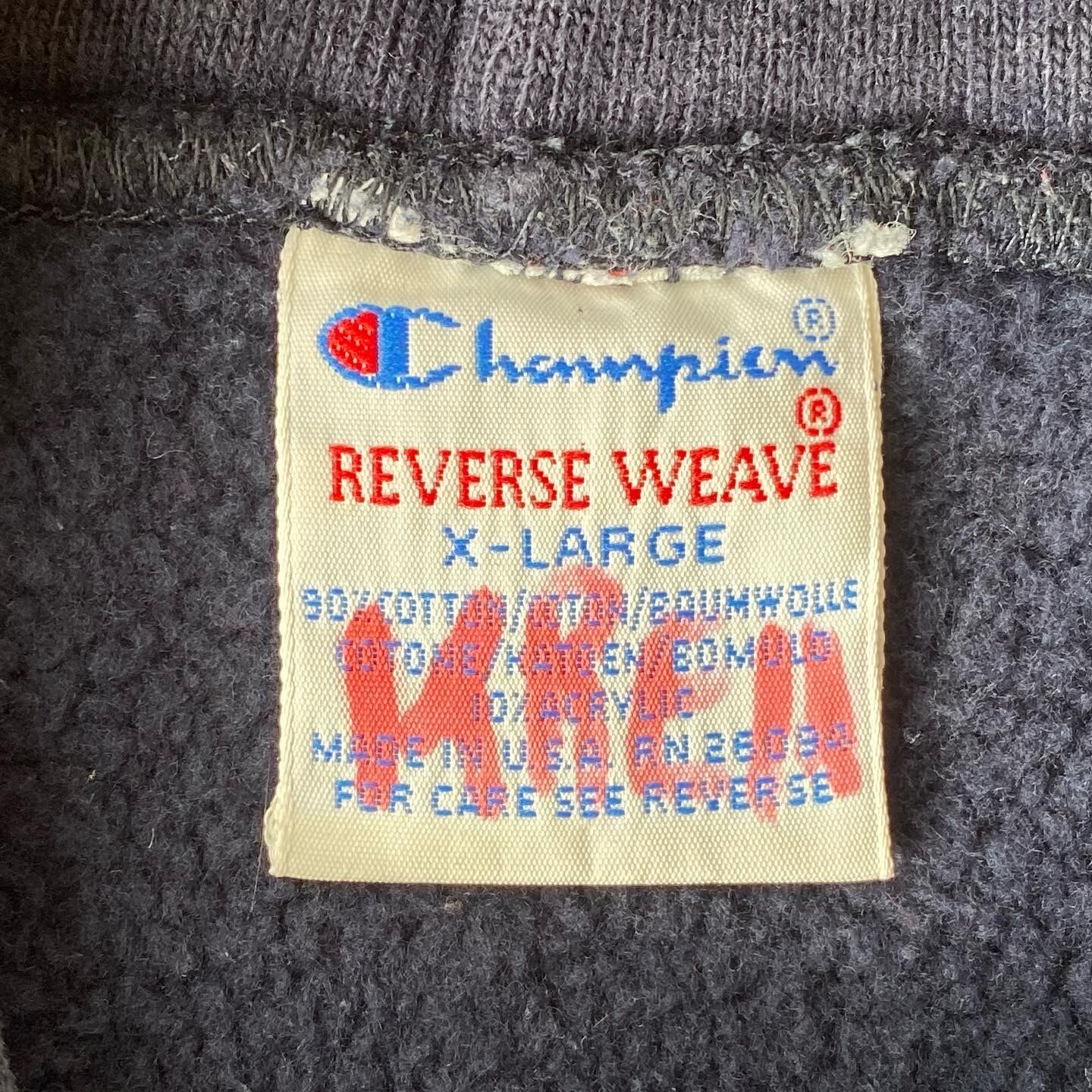
ワタナベ様専用
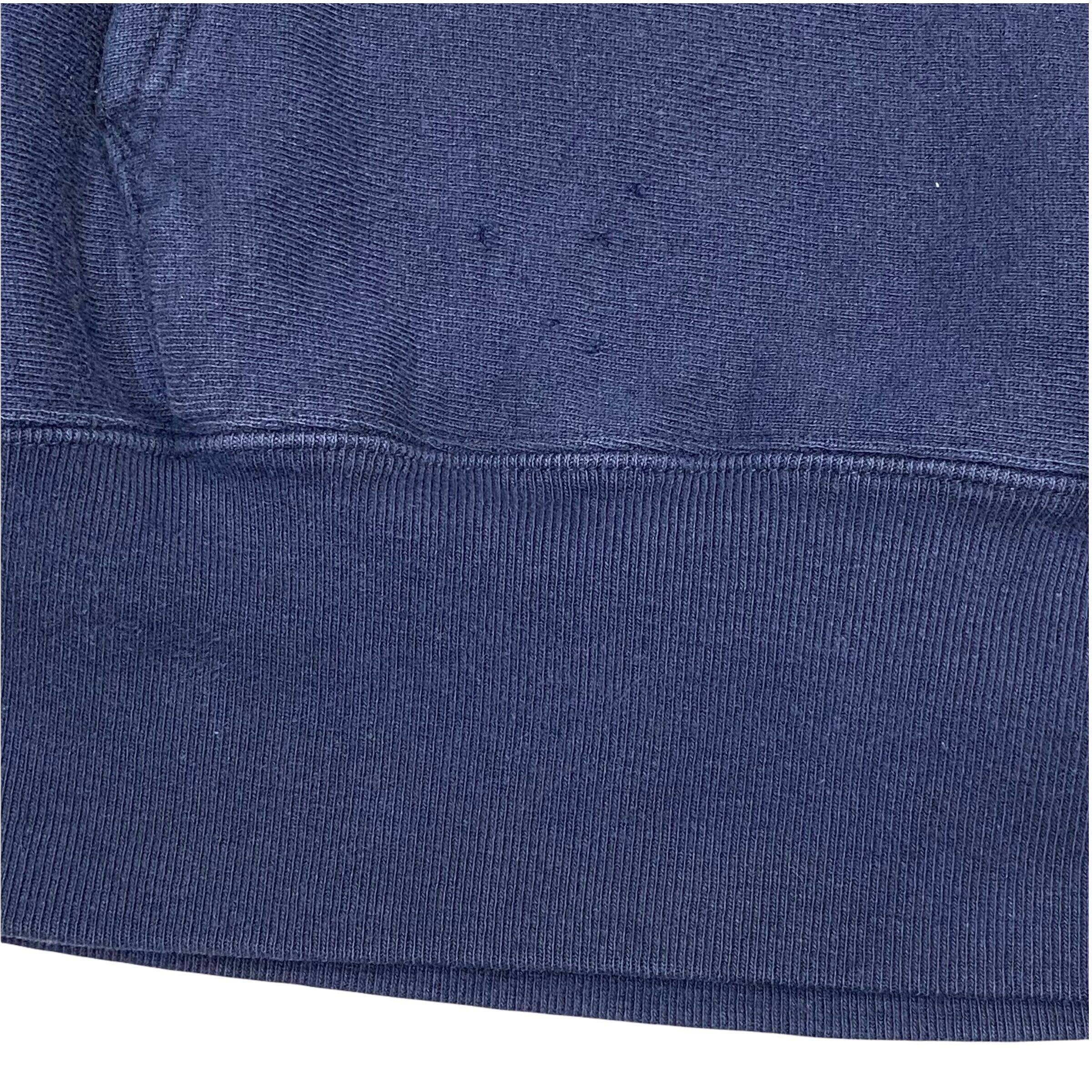
ワタナベ様専用

ワタナベ様 専用出品 オンラインショップ 51.0%OFF www.gold-and-wood.com

ワタナベ様専用|Yahoo!フリマ(旧PayPayフリマ)

⭐️ ワタナベ 様専用⭐️ NVGマウントアーム、ヘルメットマウント付

渡辺様専用♡ | La -accessory-

☆ワタナベ様専用出品 サマーワンピース 当店在庫してます! 3855円

②Rei さま専用✨ 安価 ワタナベ 51.0%OFF www.yotsuba.care

てもたん様専用 安価 ワタナベ www.gold-and-wood.com

ジップ様専用 安価 ワタナベ 9180円 www.yotsuba.care
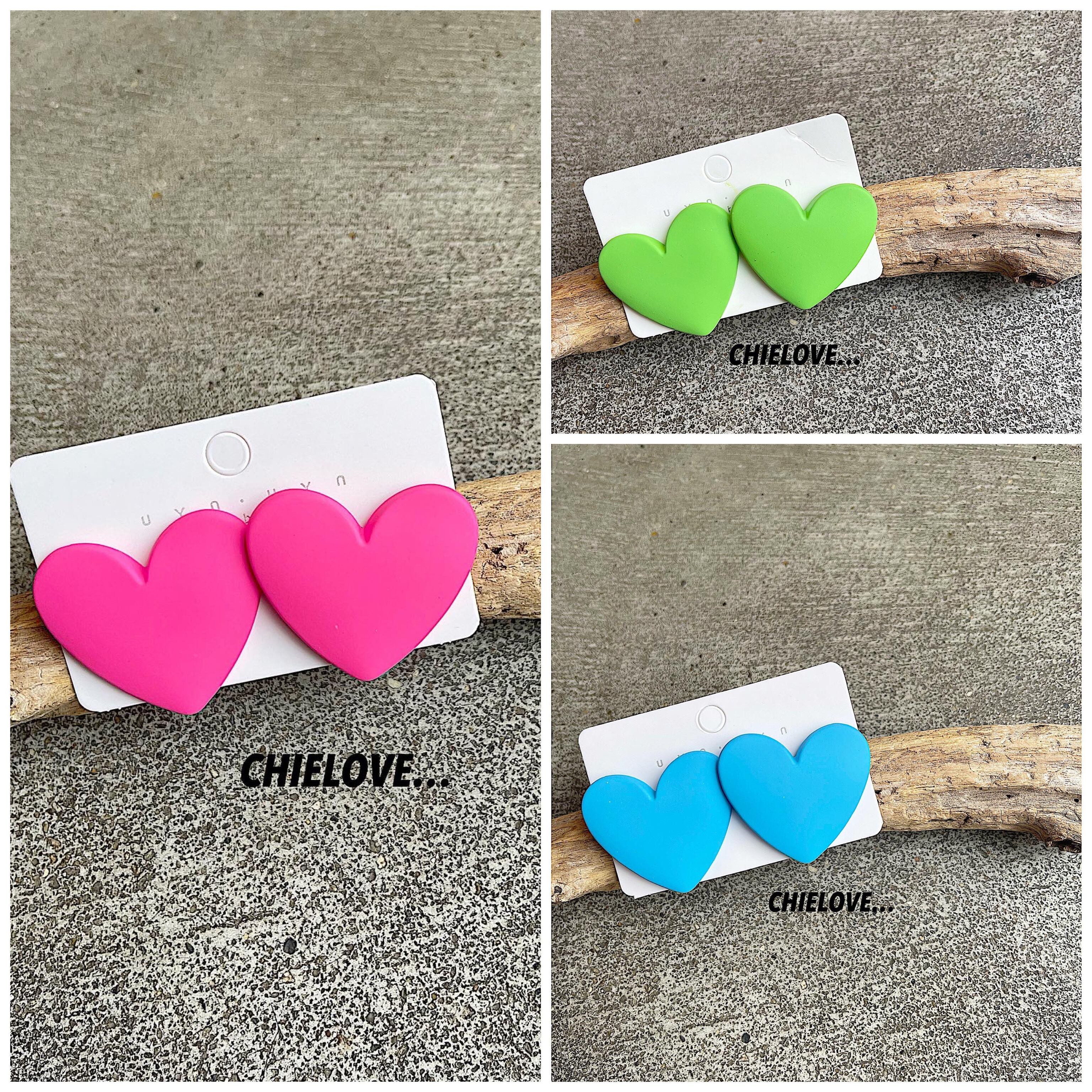
渡辺様専用ページ♡♡♡お取り寄せ♡ | CHIELOVE

ワタナベ様専用レイサ

あすき様専用 安価 ワタナベ www.innocherche.com

junta様 専用 安価 ワタナベ 5040円引き www.gold-and-wood.com

ワタナベ様専用 【36V 60Ah】 リチウムイオンバッテリー 残量計 充電器-

ワタナベ様専用レイサ

ワタナベ様専用 【36V 60Ah】 リチウムイオンバッテリー 残量計 充電器-

わたなべ様 専用 ライザージャック 未開封 レビュー高評価の商品

ワタナベ様専用】ROG-STRIX-RTX3060TI-O8G-GAMING 多数販売 musi-co.com

Apple - ワタナベ様専用の通販 by Hisa's shop|アップルならラクマ

ワタナベ様専用 【36V 60Ah】 リチウムイオンバッテリー 残量計 充電器-

Apple - ワタナベ様専用の通販 by Hisa's shop|アップルならラクマ

渡邊 様専用ページ-

渡邊様専用 即納 15198円 www.coopetarrazu.com

⚠️ひな🍎様専用! 【専用ページ】 安価 ワタナベ hama-lab.com-日本

Apple - ワタナベ様専用の通販 by Hisa's shop|アップルならラクマ

14.Tago様専用 多肉植物 安価 ワタナベ 7467円引き www.gold-and-wood.com

渡部様専用 大特価放出! www.coopetarrazu.com

Apple - ワタナベ様専用の通販 by Hisa's shop|アップルならラクマ

ワタナベ様専用 【36V 60Ah】 リチウムイオンバッテリー 残量計 充電器-

渡邊 様専用ページ 超早割 その他 serendib.aero

ワタナベ様専用 【36V 60Ah】 リチウムイオンバッテリー 残量計 充電器-

テディスヌ様専用 11/12 安価 ワタナベ 4488円引き pooshakesanli.com

わたなべ様専用 DOLCE & GABBANA DGロゴネックレス シルバー 特別

saayuu26様専用ページ 安価 ワタナベ etalons.com.mx

安価 ワタナベ アールジェイ様 専用 www.stayobira.co.jp



商品の情報
メルカリ安心への取り組み
お金は事務局に支払われ、評価後に振り込まれます
出品者
スピード発送
この出品者は平均24時間以内に発送しています














